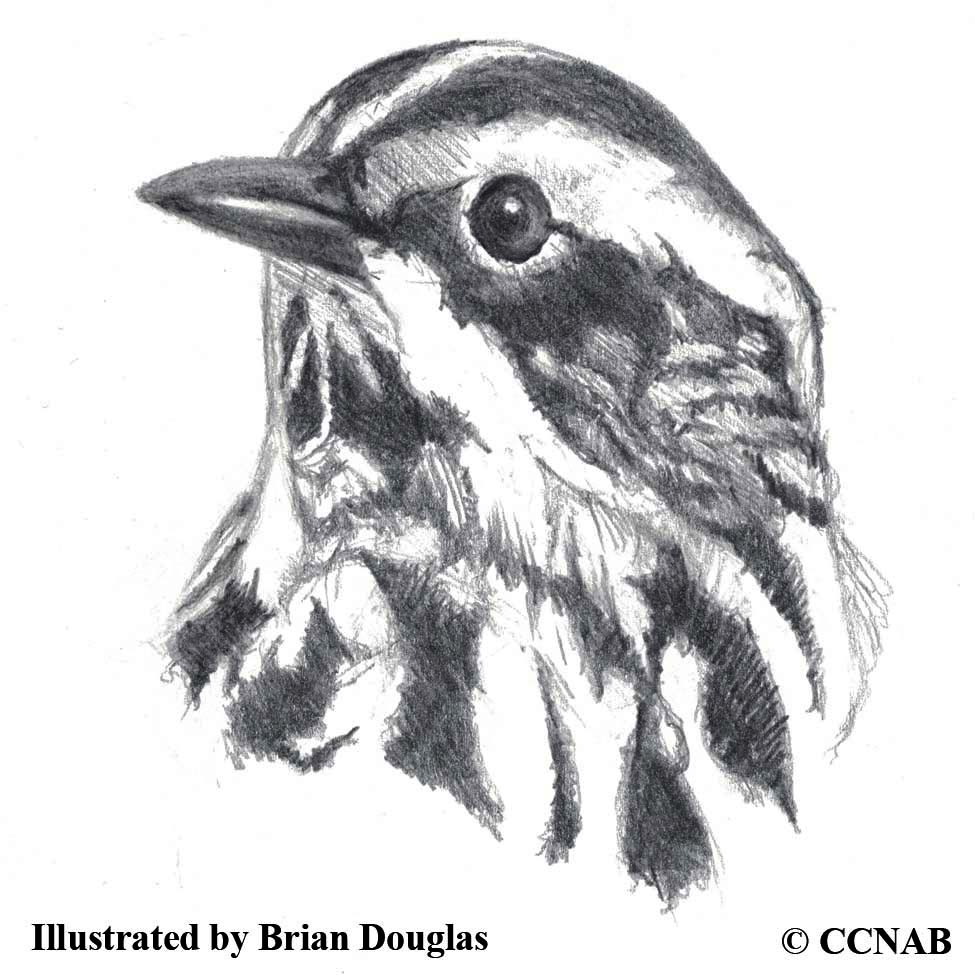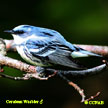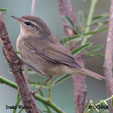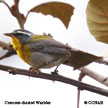Field Guide for all the Birds of North America
Warblers
Parulines
Parulidae & Peucedramidae & Locustellidae
Information, images and range maps on over 1,000 birds of North America, including sub-species, vagrants, introduced birds and possibilities
North American Bird Search Box
Warblers are some of the smallest birds found on the North American continent. They are known for their long migrations, traveling from South America and the West Indies to the northern regions of Canada and back again. These small jittery birds hardly ever stop moving, almost always hopping from branch to branch, scurrying along the tree trunks and limbs. There are others who live on the ground, hidden in the undergrowths, where you may only hear their songs and not see the birds that are actually singing them.
 Warblers come in a wide
variety of colours. Without the aid of binoculars or a birding scope, these very
attractive birds will appear dark and uniform. The best time to find warblers is in the springtime when they
are on their nesting grounds. The male warblers can be identified and located by their songs, most times perched
in an open area to be seen by mates and other male competitors.
Warblers come in a wide
variety of colours. Without the aid of binoculars or a birding scope, these very
attractive birds will appear dark and uniform. The best time to find warblers is in the springtime when they
are on their nesting grounds. The male warblers can be identified and located by their songs, most times perched
in an open area to be seen by mates and other male competitors.
On this page, one will also find warblers from other parts of the world. The vagrants or visitors are considered non-native warblers, and in some cases a very rare vistor to the North American Continent.
References to Other Bird Sites:
ABA - American Birding Association This site represents an organization that maintains official records of all birds species that have been proven to have been seen inside the perimeters of the North American Continent and the surrounding bodies of water. Regular revised versions are posted to keep the bird list current at all times. This is the list used by all serious birders over their lifetime. You may be aware of the movie called the "Big Year". It was with this list that all the competing birders used in an attempt to set a new record as to how many bird species that could be seen by an individual birder in one calendar year.


